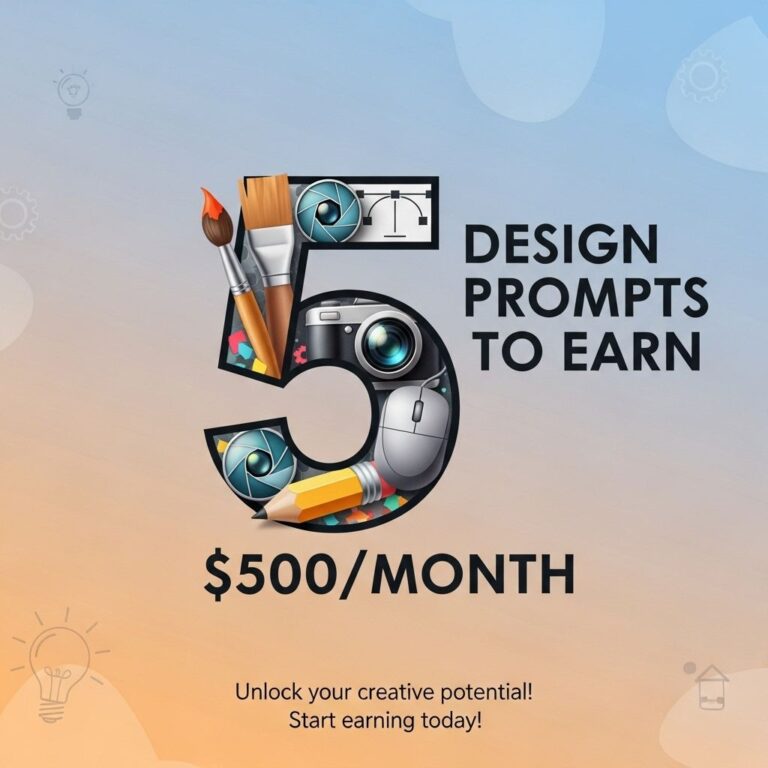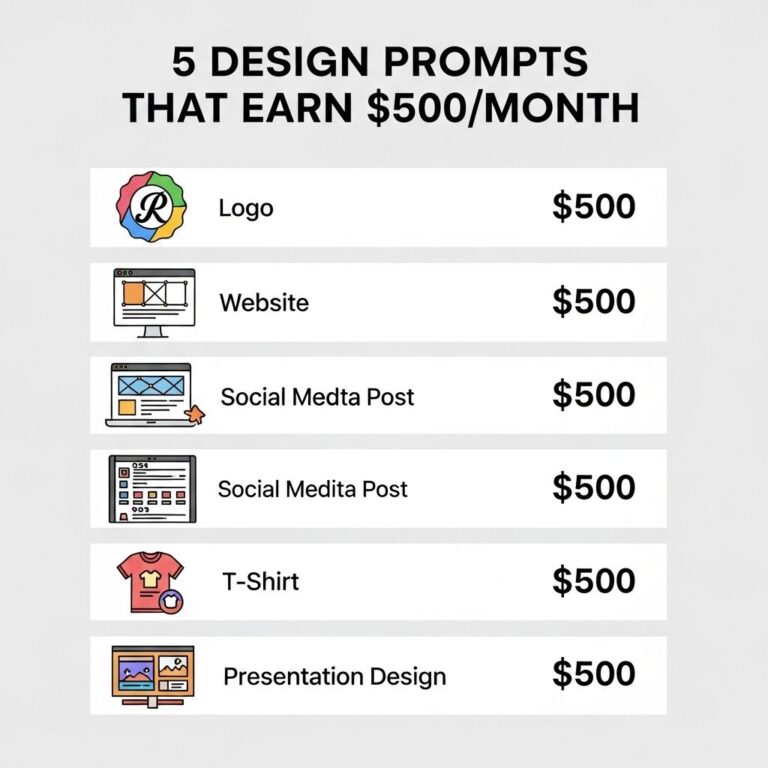Creating a logo is a critical step in establishing a brand’s identity, especially for beginners stepping into the world of design. A well-crafted logo not only reflects the essence of a brand but also communicates its values and mission to the audience. In this article, we will explore vital tips that will help beginners navigate the intricate process of logo design, ensuring they create memorable and effective logos.
Table of Contents
Understanding the Fundamentals of Logo Design
Before diving into the technical aspects of logo creation, it’s essential to grasp the core principles that govern effective logo design. Understanding these fundamentals can guide your creative process and help you craft a logo that resonates with your target audience.
1. Simplicity is Key
A simple logo is more recognizable and versatile. The best logos are often the simplest, allowing for easy reproduction across various mediums. Consider the following points:
- Avoid intricate details that may not be visible in smaller sizes.
- Focus on a clear and straightforward design that conveys the brand’s message.
- Simple logos are easier to remember and identify.
2. Ensure Versatility
Your logo should be versatile enough to work in a variety of applications. This includes:
- Different sizes: Your logo should look good on everything from business cards to billboards.
- Various backgrounds: Ensure it stands out on both light and dark backgrounds.
- Different formats: Your logo should be effective in color as well as in monochrome.
Research and Brainstorming
Before starting your design, thorough research and brainstorming are crucial to ensure that your logo aligns with the brand’s identity and values.
3. Know Your Brand
Understanding the brand for which you are designing is fundamental. Ask yourself:
- What are the brand’s core values?
- Who is the target audience?
- What message do you want to communicate?
4. Analyze Competitors
Look at logos from competitors within the same industry. This analysis helps in understanding what works and what doesn’t:
- Identify common themes and trends.
- Determine what makes certain logos effective.
- Avoid clichés that may make your logo blend in with the crowd.
Design Techniques and Tools
Once you’ve done your research, you can start the creative process. Leveraging the right techniques and tools can enhance your design efforts.
5. Choose the Right Colors
Color plays a significant role in logo design as it evokes emotions and conveys messages. Consider these points:
- Different colors evoke different feelings (e.g., blue for trust, red for excitement).
- Limit your color palette to 2-3 main colors for simplicity.
- Ensure good contrast for visibility.
6. Typography Matters
The font you choose for your logo can greatly affect its perception. Remember to:
- Select a font that complements your brand personality.
- Avoid overly complex fonts that can be difficult to read.
- Consider customizing fonts for uniqueness.
7. Use a Grid System
Utilizing a grid can help achieve balance and structure in your logo design. A grid allows you to:
- Align elements harmoniously.
- Create proportions that are aesthetically pleasing.
- Ensure uniform spacing between design elements.
Prototyping and Feedback
After creating your initial designs, the next step is prototyping and gathering feedback. This process can help refine your design.
8. Create Multiple Versions
Don’t settle for your first design. Instead, create various versions of your logo. This can include:
- Different layouts (horizontal, vertical).
- Variations in color schemes.
- Diverse font combinations.
9. Seek Constructive Criticism
Once you have multiple designs, seek feedback from peers or potential users. Consider the following:
- Gather opinions from people within your target demographic.
- Consider feedback as constructive rather than personal criticism.
- Be open to making changes based on valid points.
Finalizing Your Logo
After making adjustments based on feedback, it’s time to finalize your logo and prepare it for use.
10. Prepare for Different Formats
Ensure your final logo design is adaptable for various applications. Prepare files in different formats, including:
| Format | Use Case |
|---|---|
| PNG | Web usage with transparency |
| JPG | Print and web use without transparency |
| SVG | Scalable graphics for web |
| High-quality print versions |
In conclusion, designing a logo is a multifaceted task that requires a blend of creativity and strategic thinking. By following the tips outlined above, beginners can create logos that not only represent their brands effectively but also stand the test of time. Remember, a logo is often the first impression potential customers will have of your brand, so invest the time and effort necessary to make it count.
FAQ
What are the key elements of effective logo design?
The key elements of effective logo design include simplicity, relevance, versatility, uniqueness, and timelessness.
How can I choose the right colors for my logo?
Choosing the right colors involves understanding color psychology, considering your brand’s personality, and ensuring contrast for visibility.
Should my logo be text-based or image-based?
It depends on your brand identity; a combination of both often works best, allowing for clear communication and recognition.
How important is scalability in logo design?
Scalability is crucial as your logo should look good on various sizes, from business cards to billboards, without losing clarity.
What fonts work best for logo design?
Fonts that are clear and legible work best; consider using custom typography to create a unique identity that aligns with your brand.
How do I ensure my logo stands out from competitors?
Research your competitors, identify gaps in their branding, and focus on unique visual elements that reflect your brand’s values and mission.









